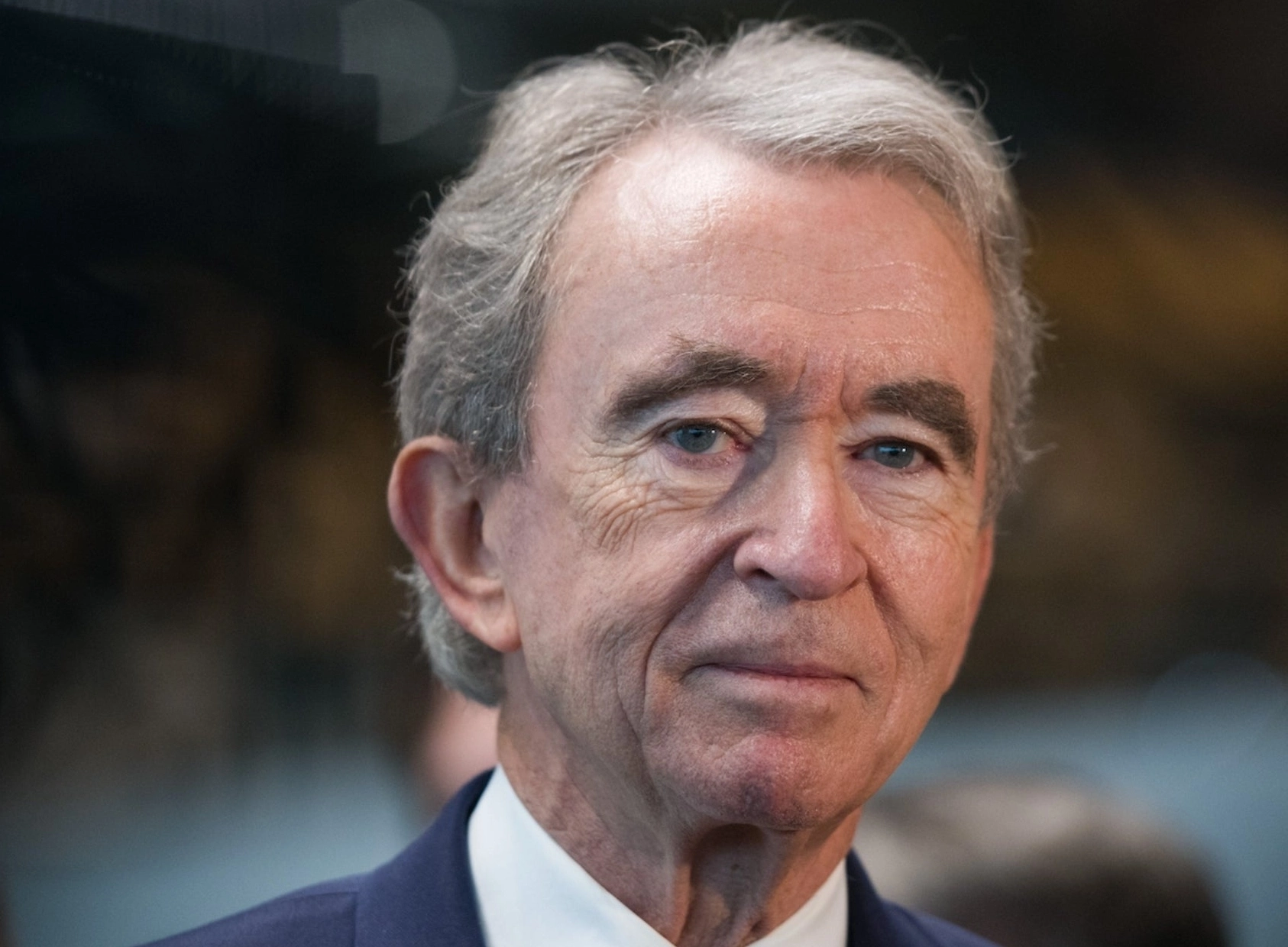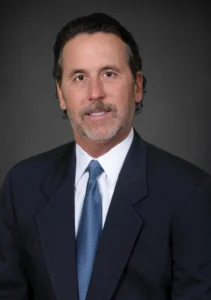As of 2025, Bernard Arnault reigns supreme as the world’s richest man, a title he has held onto with remarkable resilience amid a rapidly changing global economy. As the CEO of LVMH (Moët Hennessy Louis Vuitton), Arnault has not only amassed staggering wealth but has also built a multi faceted empire that epitomizes luxury and sophistication.
This article explores the journey of Bernard Arnault, delving deep into his business strategies, the evolution of his wealth, and the factors that contribute to his growing net worth.
The Early Life of Bernard Arnault
Background and Education
Bernard Arnault was born on March 5, 1949, in Roubaix, France, into a family of entrepreneurs. His father, a successful industrialist, owned a construction company, which set the groundwork for Arnault’s future in business. After completing his secondary education, Arnault enrolled at the prestigious École Polytechnique in Paris, where he studied engineering.
His education provided him with a strong foundation to understand complex business dynamics and the intricacies of wealth management.
Initial Ventures
Arnault began his career in the family business, where he was tasked with overseeing the construction company. However, it was clear that his ambitions extended beyond the confines of construction. In 1971, he took a bold step by converting the family firm into a real estate company, a move that demonstrated his willingness to innovate and adapt to market demands.
Arnault’s real breakthrough came in the early 1980s when he made a strategic investment in the ailing fashion house of Christian Dior. This decision would lay the groundwork for what would become the LVMH empire.
The Birth of LVMH A Business Empire
The Formation of LVMH
In 1987, Arnault became the majority shareholder of LVMH, a conglomerate formed from the merger of Louis Vuitton and Moët Hennessy. This merger marked the beginning of a new era in the luxury goods sector. Under his leadership, LVMH expanded its portfolio to include numerous high end brands, such as Givenchy, Céline, Fendi, and many others.
Arnault’s business strategy was clear acquire struggling luxury brands and revitalize them, thereby increasing their market value. This approach not only secured his wealth but also transformed the global luxury landscape.
Strategic Acquisitions
Arnault’s acumen in identifying potential acquisitions has been a hallmark of his success. One of his most notable purchases was the acquisition of Bulgari in 2011, a move that significantly bolstered LVMH’s presence in the luxury jewelry market. By strategically diversifying LVMH’s offerings, Arnault has ensured that the conglomerate remains resilient, even during economic downturns.
Expansion into New Markets
In addition to acquiring established brands, Arnault has also focused on expanding LVMH’s reach into emerging markets. Countries like China and India have seen a surge in demand for luxury goods, and Arnault has capitalized on this trend by opening flagship stores and investing in local marketing strategies. This foresight has proven lucrative, as the luxury market continues to thrive in these regions.
The Mechanisms of Wealth Accumulation
The Luxury Goods Market
The luxury goods market has shown remarkable resilience and growth over the years, largely due to changing consumer preferences. As disposable incomes rise globally, especially in emerging markets, the demand for luxury products has surged. Arnault has adeptly positioned LVMH to capture this growing market, making it a leader in luxury goods.
LVMH encompasses a diverse range of brands, each with its unique appeal. From fashion powerhouses like Louis Vuitton to prestigious wine and spirits brands like Moët & Chandon, LVMH has established itself as a dominant force in the luxury sector. This diversity not only ensures stable revenue streams but also mitigates risk against market fluctuations.
Business Strategy
Arnault’s business strategy revolves around maintaining the exclusivity and prestige of his brands. By limiting supply and enhancing the allure of luxury products, he has successfully created a perception of value and desirability. This strategy extends to pricing, with LVMH products often commanding premium prices, contributing significantly to Arnault’s overall wealth.
Wealth Management and Investment Portfolio
Bernard Arnault’s wealth management approach is multifaceted. Beyond his interests in luxury goods, he has diversified his investments across various sectors, including real estate and technology. This diversification not only secures his wealth but also positions him for continued growth in an ever evolving market.
Real estate investments have proven particularly lucrative for Arnault. He owns several high value properties, including luxury hotels and prime commercial spaces in key global cities. These assets contribute significantly to his net worth and provide stable income streams.
Bernard Arnault’s Net Worth in 2025

As of 2025, Bernard Arnault’s net worth is estimated to be approximately $250 billion, solidifying his position as the richest man in the world. This staggering wealth is a consequence of his strategic investments, successful brand acquisitions, and the overall growth of the luxury goods market.
Factors Influencing Net Worth
Several factors have contributed to the increase in Arnault’s net worth over the years.
Luxury Market Resilience
The luxury goods sector has proven resilient, with consistent demand even during economic downturns. Arnault’s ability to navigate market challenges has been key to sustaining and growing his wealth.
Strategic Acquisitions
The continued success of LVMH’s acquisitions has played a critical role in bolstering Arnault’s fortune. Each successful brand revitalization adds substantial value to the conglomerate.
Global Expansion
Arnault’s focus on emerging markets has opened new revenue streams. With the rising middle class in countries like China and India, the demand for luxury goods is expected to continue growing.
Market Influence
As a leader in the luxury sector, Arnault’s influence extends beyond LVMH. His decisions set trends in the fashion industry, affecting consumer behavior and purchasing patterns.
Future Projections
Looking ahead, Bernard Arnault’s net worth is likely to increase even further. With LVMH continuing to explore new acquisitions and expand its brand portfolio, Arnault is well positioned to maintain his status as the world’s richest man.
Additionally, as sustainability becomes an increasingly important consumer consideration, Arnault’s emphasis on responsible luxury practices may resonate with modern consumers, further enhancing LVMH’s appeal.
The Influence of Bernard Arnault in the Fashion Industry

A Visionary Leader
Bernard Arnault is not just a businessman he is a visionary leader who has reshaped the fashion industry. His understanding of market dynamics and consumer behavior has allowed him to stay ahead of the curve, ensuring that LVMH remains relevant in a competitive marketplace.
Fostering Creativity
Under Arnault’s leadership, LVMH has fostered a culture of creativity and innovation. The conglomerate invests heavily in marketing, design, and technology, ensuring that its brands remain at the forefront of the luxury market. This commitment to creativity is evident in LVMH’s collaborations with renowned designers and artists, creating unique and sought after products.
Corporate Social Responsibility
In recent years, Arnault has also recognized the importance of corporate social responsibility (CSR). LVMH has made strides toward sustainability, implementing eco friendly practices and supporting social initiatives. By aligning luxury with responsible practices, Arnault has enhanced LVMH’s reputation and appeal.
The Role of Bernard Arnault in Global Economics
Economic Impact
Bernard Arnault’s influence extends beyond the luxury goods market he plays a significant role in global economics. LVMH contributes billions to the global economy through job creation, tax revenue, and trade. The conglomerate employs thousands of people worldwide and supports countless artisans and craftsmen who contribute to its luxury products.
Shaping Consumer Trends
Arnault’s decisions and strategies shape consumer trends, influencing not only the luxury market but also broader retail practices. His focus on quality, exclusivity, and innovation sets standards that other brands strive to emulate. As a result, Arnault’s impact on the economy is profound, affecting everything from manufacturing to marketing.
Response to Economic Challenges
Arnault has demonstrated remarkable adaptability in the face of economic challenges. During periods of economic uncertainty, he has skillfully navigated market fluctuations, ensuring that LVMH remains resilient. His ability to pivot and adapt is a testament to his leadership and business acumen.
FAQs About Bernard Arnault
What is Bernard Arnault’s primary source of wealth?
Bernard Arnault’s primary source of wealth comes from his position as the CEO of LVMH, which encompasses a vast portfolio of luxury brands, including Louis Vuitton, Moët & Chandon, and Dior.
How has Bernard Arnault influenced the luxury goods market?
Arnault has reshaped the luxury goods market through strategic acquisitions, innovative marketing, and a commitment to sustainability, positioning LVMH as a leader in the industry.
What is Bernard Arnault’s business strategy?
Arnault’s business strategy focuses on acquiring and revitalizing luxury brands, understanding market trends, and fostering a culture of creativity and excellence within LVMH.
What is the future outlook for Bernard Arnault’s net worth?
Given the continued growth of the luxury goods market and LVMH’s expansion into emerging markets, Bernard Arnault’s net worth is likely to increase in the coming years, with projections estimating it could reach upwards of $300 billion by 2030.
How does Bernard Arnault maintain brand exclusivity?
Arnault maintains brand exclusivity by limiting product availability, enhancing the perceived value of luxury goods, and ensuring high quality craftsmanship across all LVMH brands.
Conclusion
Bernard Arnault’s journey from a young engineer to the world’s richest man is a remarkable story of vision, strategy, and resilience. As the CEO of LVMH, he has transformed the luxury goods market and built a business empire that continues to thrive.
With an estimated net worth of $250 billion in 2025, Arnault’s wealth is a testament to his ability to navigate the complexities of the global economy and capitalize on emerging trends. His focus on strategic acquisitions, market influence, and commitment to creativity has solidified his position as a titan in the business world.
As LVMH continues to expand and evolve, Bernard Arnault’s legacy will undoubtedly endure, inspiring future generations of entrepreneurs and business leaders. Through his visionary leadership, Arnault has not only changed the face of the luxury industry but has also set a standard for excellence and innovation that will resonate for years to come.
With the luxury market poised for continued growth, the future looks exceptionally bright for Bernard Arnault, the man who keeps getting richer.




